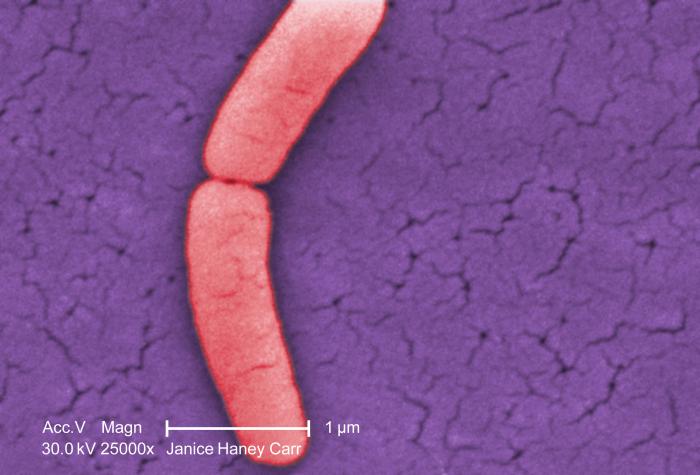
A study today in Emerging Infectious Diseases shows that states with bigger investments in public health tracked more foodborne disease outbreaks between 2009 and 2018, suggesting that those with lower investments may miss critical outbreaks.
A related study in the same journal, meanwhile, illustrates how responding quickly to food illness outbreaks not only saves lives but significant money.
'Large benefits' of investing in public health
The research was conducted by scientists at the Colorado School of Public Health, who classified states into high, middle, or low reporters of outbreaks based on how many outbreaks per 10 million population were reported. All outbreaks were reported to the Centers for Disease Control and Prevention's (CDC's) Foodborne Disease Outbreak Reporting Surveillance System.
The authors of the study did not include multistate outbreaks in their analysis. Between 2009 and 2018, all 50 states and Washington D.C. reported a total of 8,131 single-state outbreaks involving 131,525 outbreak-associated illnesses. Of these, 74% had a confirmed or suspected etiology, with 47% caused by norovirus, 20% by Salmonella, 10% caused by bacterial toxins, and 3% by Shiga toxin–producing Escherichia coli.
Read more...







